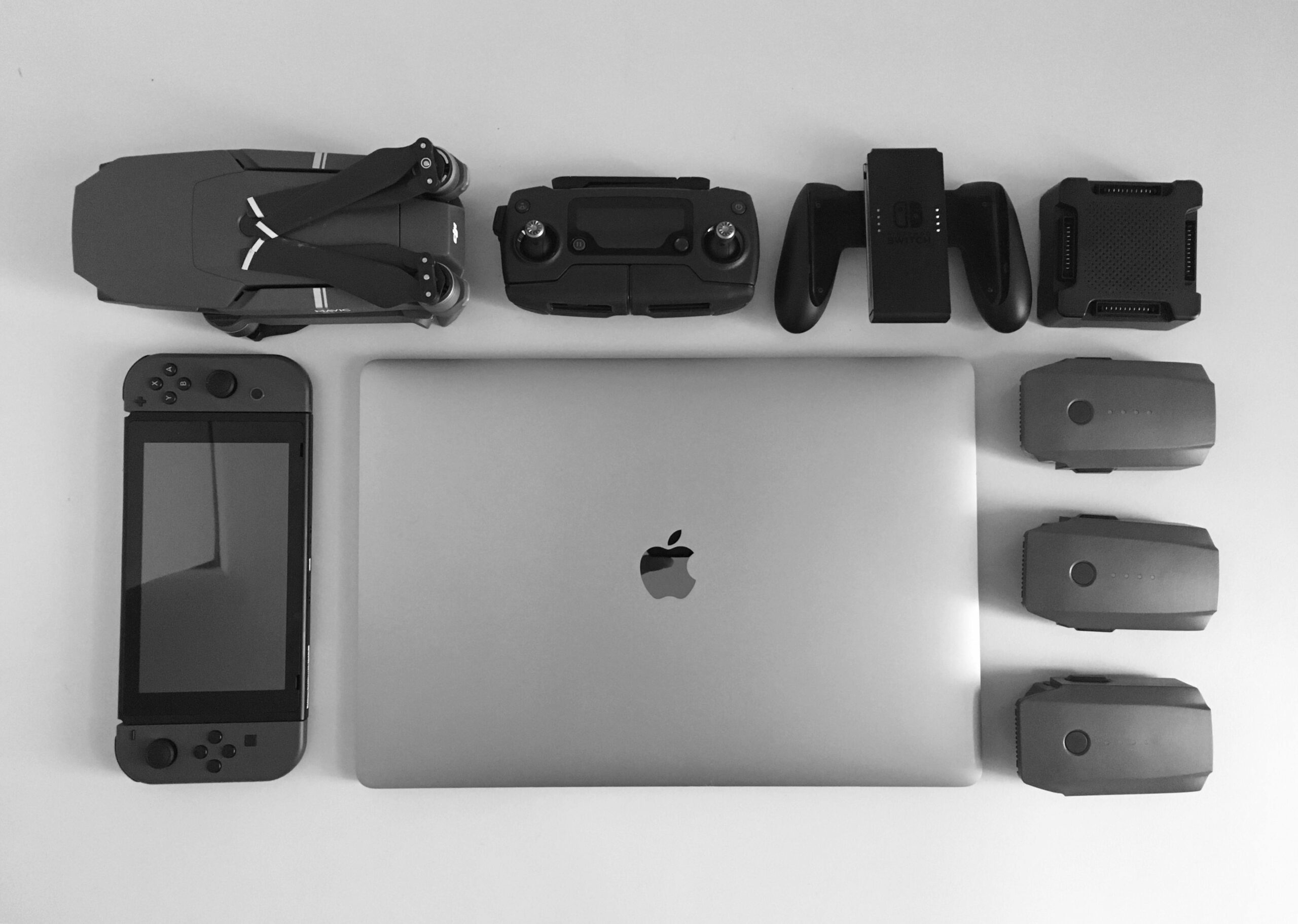Apple’s latest M3 chip has quietly reshaped the landscape for Mac users who crave serious gaming experiences. Launched in late 2023, this silicon powerhouse builds on the success of its predecessors, delivering unprecedented performance that bridges the gap between casual play and high-end demands. For years, Macs lagged behind Windows PCs in gaming prowess, but the M3 changes that narrative with raw power and efficiency.
At the heart of the M3 lies Apple’s unified architecture, integrating CPU, GPU, and neural engine into a single system-on-chip. This design eliminates bottlenecks common in traditional setups, allowing for smoother gameplay and faster load times. The chip boasts up to 24 GPU cores in its Pro and Max variants, rivaling dedicated graphics cards from NVIDIA and AMD. Benchmarks show it handling titles like Cyberpunk 2077 at 1440p resolutions with ray tracing enabled, something once unthinkable on a MacBook.

One standout feature is hardware-accelerated ray tracing, which brings lifelike lighting and reflections to games. Developers are now optimizing titles for Metal, Apple’s graphics API, leading to a surge in native Mac ports. Games such as Resident Evil Village and No Man’s Sky run flawlessly, with frame rates exceeding 60 FPS on M3-equipped machines. This isn’t just about raw specs; the chip’s power efficiency means laptops like the MacBook Air can sustain long sessions without throttling or excessive heat.
Beyond gaming, the M3 enhances creative workflows that often intersect with game development. Tools like Unity and Unreal Engine perform better, empowering indie developers to create on the go. Apple’s Game Porting Toolkit further simplifies bringing Windows games to macOS, reducing the porting time from months to weeks. This ecosystem push could attract more AAA titles, potentially turning Macs into viable gaming platforms.
However, challenges remain. The M3’s performance shines in optimized software, but not all games are there yet. Storage and RAM configurations can limit experiences on base models, and pricing puts high-end M3 Max systems out of reach for budget gamers. Still, compared to Intel-era Macs, the improvement is monumental.
Looking ahead, the M3 sets the stage for future innovations. Rumors of an M4 chip suggest even greater leaps, possibly incorporating advanced AI for dynamic game enhancements. For now, if you’re a gamer eyeing a Mac, the M3 delivers a compelling reason to switch. It proves Apple is serious about gaming, blending portability with power in ways that redefine expectations.
In testing, devices like the 14-inch MacBook Pro with M3 Pro handled demanding tasks effortlessly. Multiplayer sessions in Fortnite maintained stable connections, while single-player epics like Baldur’s Gate 3 immersed users without compromise. This chip isn’t just an upgrade; it’s a statement that Macs belong in the gaming conversation.